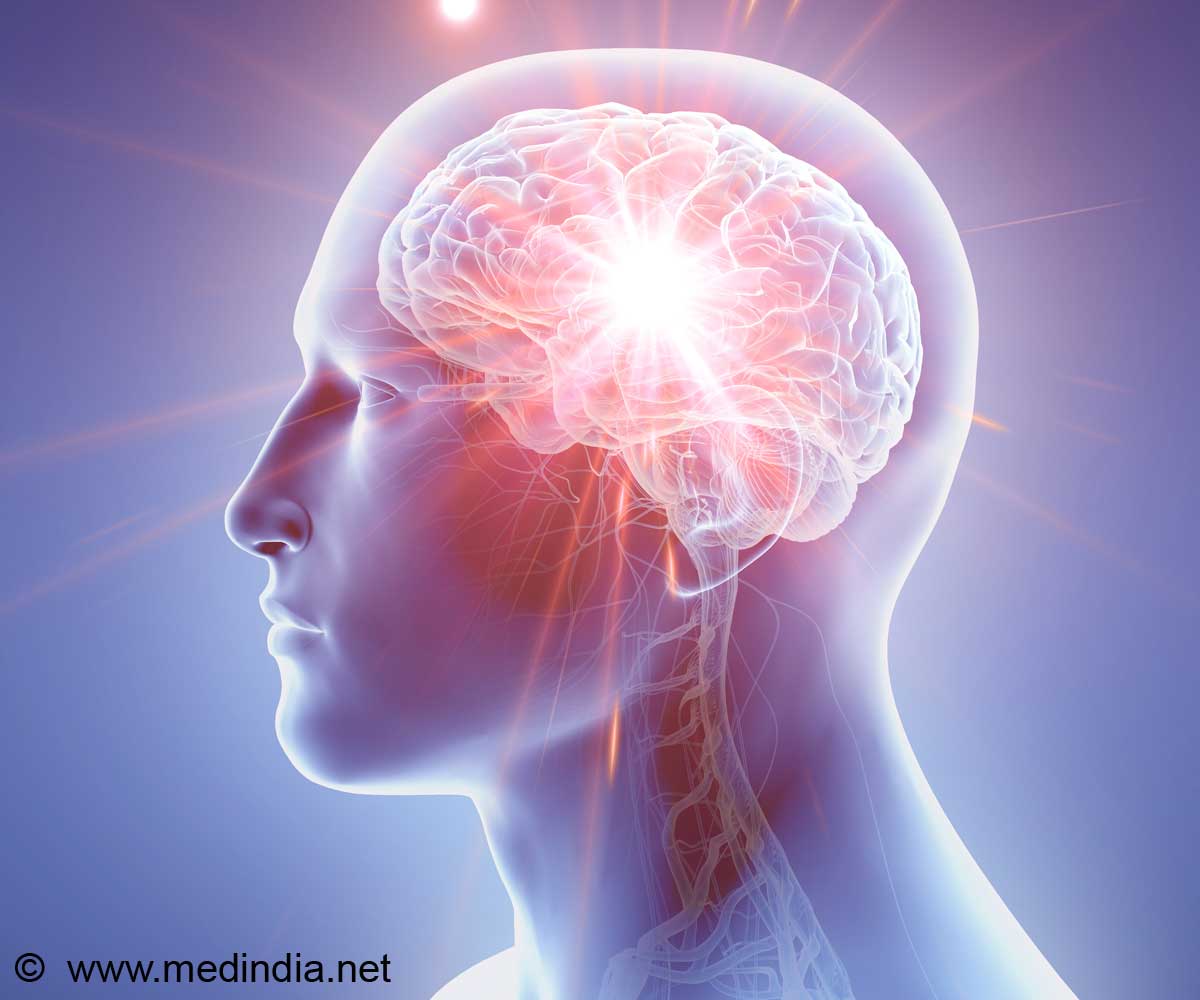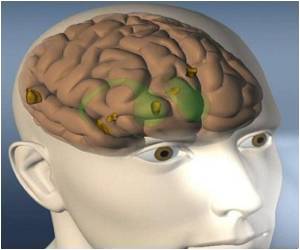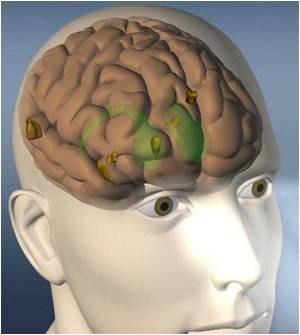When it comes to rewards, one side of your brain can be motivated more than the other, according to a study.

But in a previous study, Mathias Pessiglione, of the Brain n Spine Institute in Paris, and his colleagues showed that motivation could be subconscious- when people saw subliminal pictures of a reward, even if they didn't know what they'd seen, they would try harder for a bigger reward.
The results of the study showed that motivation didn't have to be conscious- your brain could decide how much it wants something without input from your conscious mind.
But now, the new study ha shown that both halves of your brain don't even have to agree-Motivation can happen in one side of the brain at a time. or the new study, the researchers wanted to know if they could dig even farther down and show that one side of the brain could be motivated at a time.
The test started with having the subject focus on a cross in the middle of the computer screen.
Then the motivational coin - one euro or one cent - was shown on one side of the visual field.
For example, if the coin was on the right and they were squeezing with the right hand, they would squeeze harder for a euro than for a cent.
The research showed that it is possible for only one side of the brain, and thus one side of the body, to be motivated at a time, said Pessiglione.
"It changes the conception we have about motivation. It's a weird idea, that your left hand, for instance, could be more motivated than your right hand," he added.
He said that this basic research helps scientists understand how the two sides of the brain get along to drive our behaviour.
The study is published in Psychological Science.
Source-ANI
 MEDINDIA
MEDINDIA




 Email
Email




